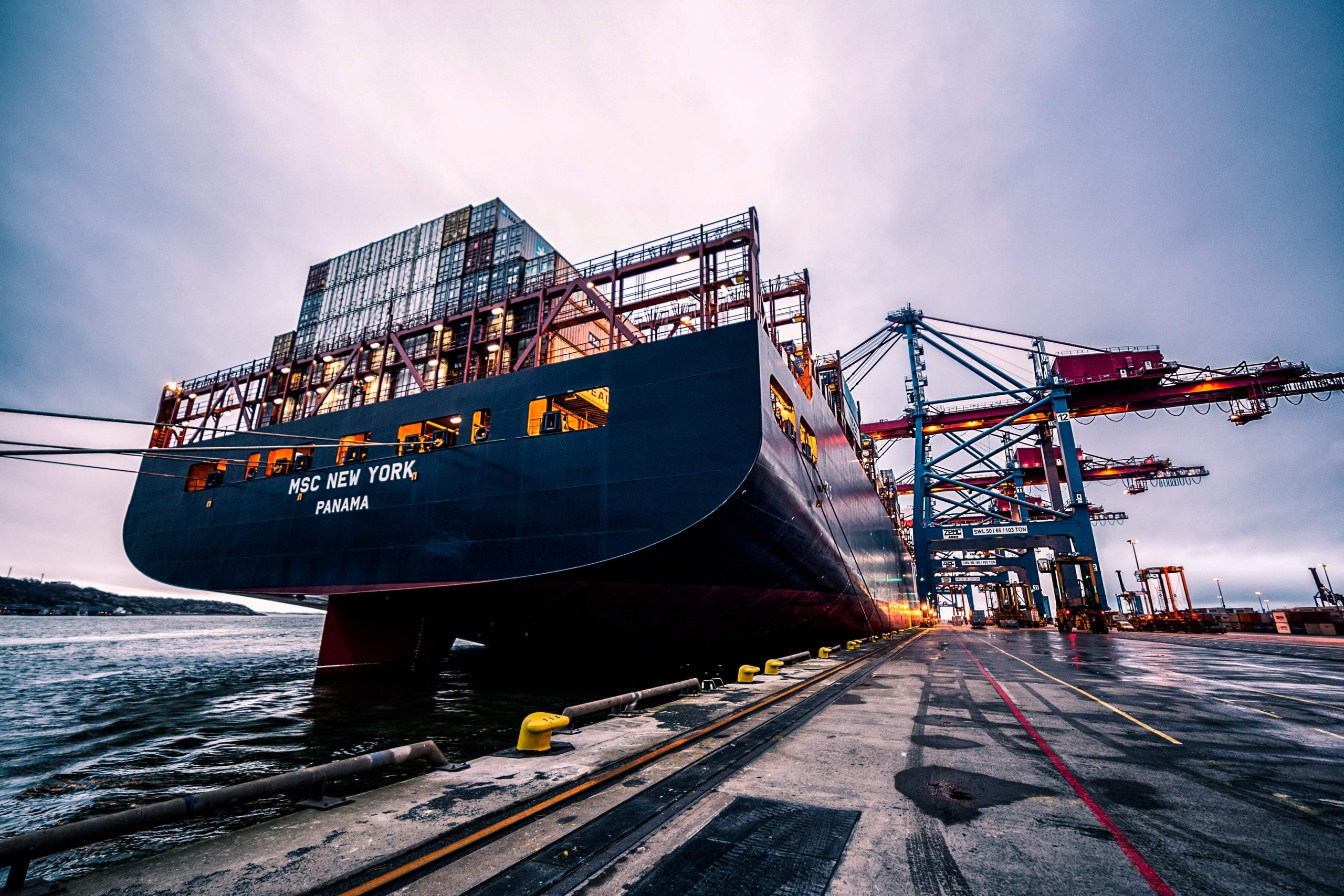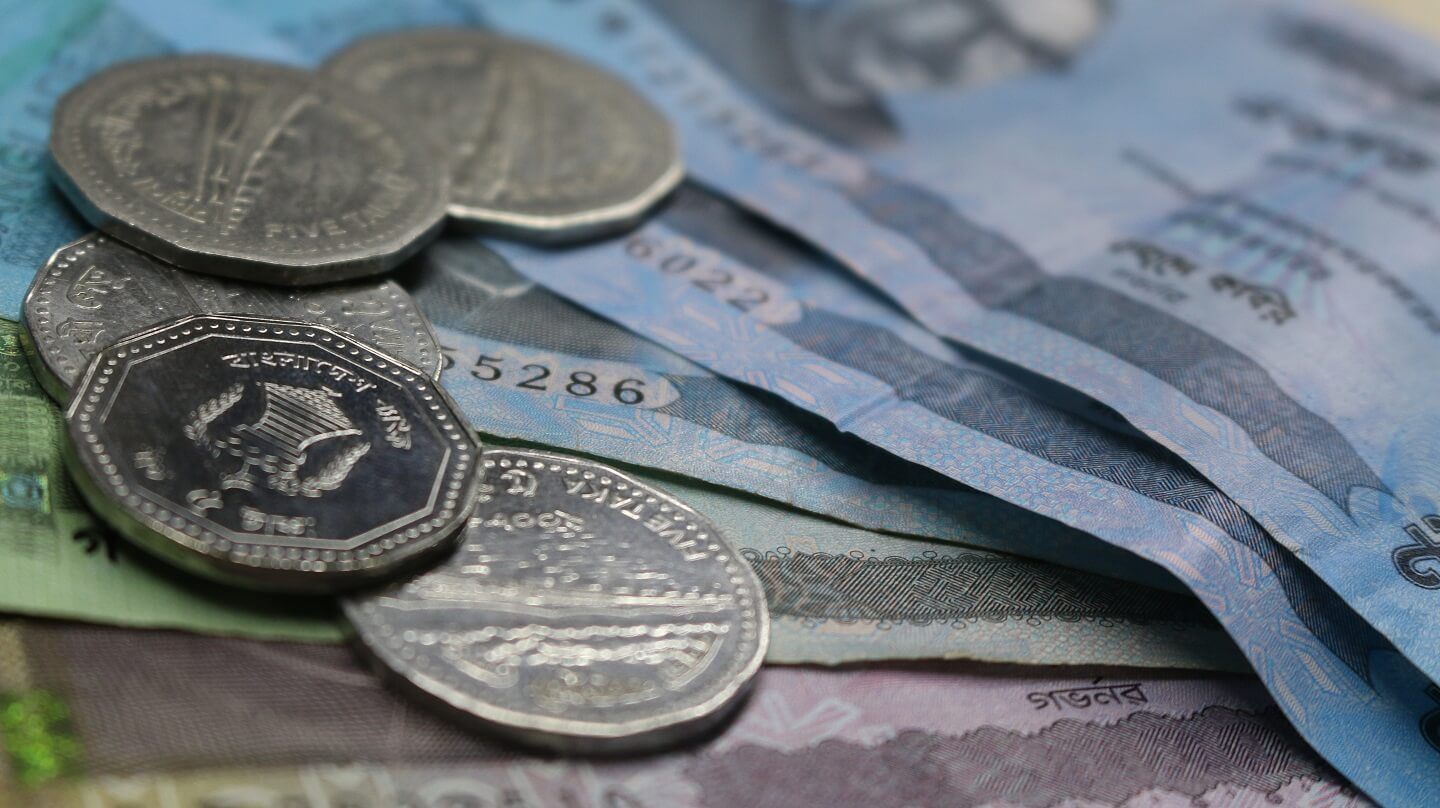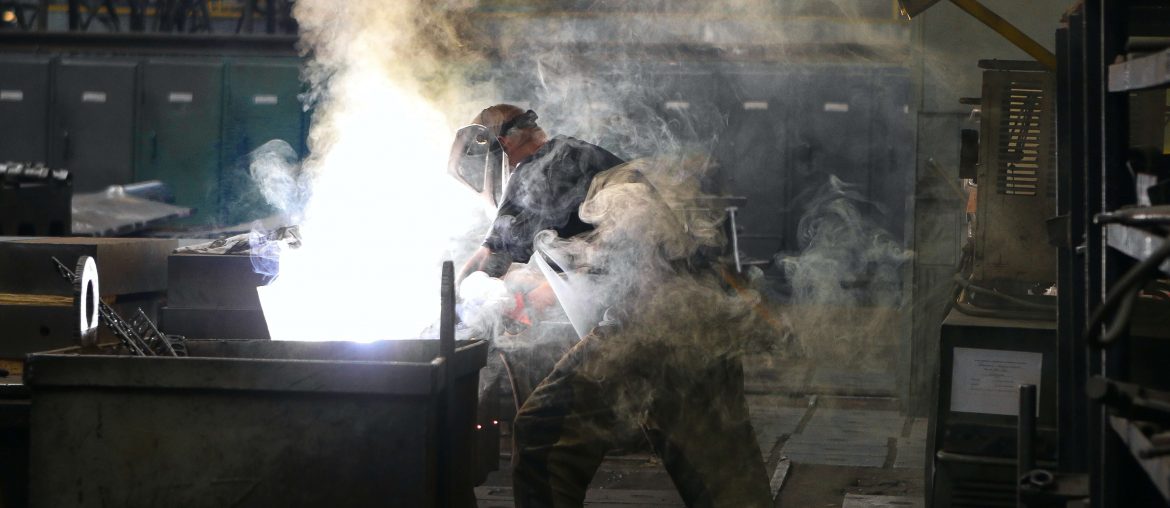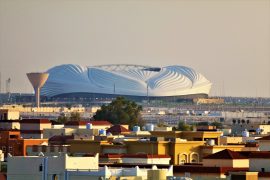Steel is one of the most essential commodities when it comes to building materials in Bangladesh. But unlike other important building materials such as cement, bricks, and sand, the volatility of the price of steel in Bangladesh is much more pronounced. There are a few reasons as to why it is this way. But first, we will talk about why commodity prices (e.g. steel) are more volatile than any other consumer good. Then we will discuss the factors that directly affect the price in Bangladesh and give you a comprehensive overview of the price of steel over the past few years.
Volatile commodity prices

It all depends on price inelasticity. For example, if the demand for a specific type of metal suddenly surges, the global output cannot respond immediately. For that to happen, new mines must be permitted and operated along with the provision for other necessary settlement. Likewise, consumers cannot always substitute one metal for another when the price rises or falls.
Now the effect of volatility is quite difficult to measure, however, is seen as negative in a general sense. Because it gives rise to uncertainty about future price levels which can directly impact investment decisions.
Factors affecting the price of steel

The volatility of the price of steel in Bangladesh depends on multiple factors. Bangladeshi steel makers are well capable of meeting all the demands of the country. But they have to rely completely on imported raw materials. In Bangladesh, there are no integrated mills (based on blast furnace-basic oxygen furnace methods) for producing steel products. Which is much more efficient in terms of energy consumption. Steel millers here rely on electric arc induction furnaces (or EAF) to process the steel scrap.
In EAF technology, the primary raw materials are steel scrap, direct reduced iron (DRI), hot metal and electricity. And to produce 1 tonne of crude steel, EAF route uses about 701 kg of steel scrap, 586 kg of iron ore, 150 kg of coal, 88 kg of limestone and 2.3 GJ of electricity. Most of which are imported from abroad. That is why producing millions of tonnes of steel requires a massive quantity of raw materials to be shipped to Bangladesh. Meaning, when the price of the raw materials changes, it changes the price of steel.
Instability in the global market is another reason for steel prices to go up or fall across the world. For instance, in 2014, when the construction boom in China cooled down a little, low domestic demand for steel halted China’s output growth. As a result, prices for steel and iron ore fell significantly worldwide and continued to decline through 2015.
One the other hand, increase in VAT and other regulatory duties, implementation of new VAT laws with higher market competition, high interest rates and slow private credit growth within the country can affect industry demand as well as the price itself.
Overview of steel prices over the last few years

With the construction boom and implementation of mega projects, the steel industry in Bangladesh was booming. According to an estimation, the consumption of steel including mild steel rod, prefabricated steel, and corrugated iron sheet was only 1.6 million tonnes a decade ago. But In 2018, the total consumption of steel stood at about 7.5 million tonnes in Bangladesh. This was 37.5% more than 2017 with an industry size of about 50,000 crore.
In 2018, 60-grade MS rebar, or better quality, was sold starting from BDT 71,000 per tonne. In which the price was used to range from BDT 59,500 – 60,500. 40-grade MS rod, on the other hand, was sold for BDT 58,000 – 60,000 per tonne, which was earlier on sale for BDT 50,000 – 51,500 per tonne that year.
However, in 2019, owing to various reasons including lower demand, the fall of raw material prices in the global market, and the slow start of development projects in that fiscal year, led prices of mild-steel rod to fall in Bangladesh.
A 60-grade rod was sold at BDT 65,000 – 70,000 per tonne in markets in Dhaka, whereas the 40-grade MS rod was sold for BDT 57,000 – 60,000 per tonne. This was unfortunate considering the outstanding outcome of 2018.
First forward to the present day and 2020, due to ongoing pandemic and global economic instability, the demand for building materials fell significantly with the price hitting an all-time low. But things are changing as the demand for building materials is going upward again.
Currently, the price of a 60-grade steel rod ranges between BDT 58,000 – 61,000 per tonne but was selling at a much cheaper rate just a couple of months ago.
The price of steel is much more volatile than any other commodity in Bangladesh. So next time when you opt for purchasing steel for construction, along with the other important things during building construction consider all the factors before making a decision.




